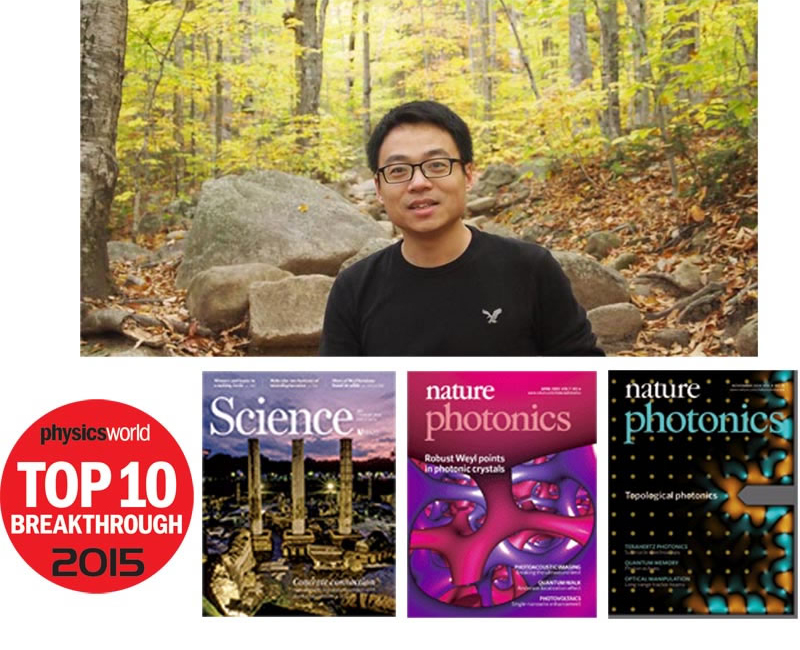inNature Communications 9, 5384 (2018)
in Nature Physics 14, 873-880 (2018)
inNature Physics 14, 461-464 (2018).
Introduction
In nanophotonics one focuses on studies of the classical and quantum natures of light generation, transportation, modulation, transformation, and detection processes. By manipulating photons, one can construct ultracompact, high-speed, broad bandwidth, low energy consuming consumption photonic devices and technologies, which have huge tremendous and wide potential applications in information, energy, health, and environment technologies and industries. Our team is engaged in the following researches:
Basic physics and application of photonic crystals. Photonic crystal has unique properties in band gap, band dispersion, and photon density of states, and is looked upon as “Semiconductor of Light”. Our team has investigated silicon photonic crystals for integrated devices and high-Q cavities, polymer Kerr nonlinear photonic crystals for ultrafast optical switching and logic devices, ferroelectric nonlinear photonic crystals for high-efficiency frequency conversion, and magneto-optic photonic crystals (MOPC) for nonreciprocal electromagnetic devices.
Basic physics and application of plasmonic nanostructures. Surface plasmon polaritons (SPPs) in metal nanostructures have many unique properties such as highly localization and giant resonant enhancement of optical field, and highly sensitivity to environment. Our team has investigated surface plasmon resonance (SPR) control of metal nanoparticles and its interaction with fluorescence and Raman molecules, gain media, nonlinear optical, optoelectronic, and photocatalytic materials, and explored approaches to manipulate the transport, scattering, and diffraction of SPPs in metal nanostructures.
Motivations
The objectives of our research on the basic physics and application of photonic micro/nanostructures are to have deep understanding on and make use of the behaviors and laws of light transport and light-matter interaction at micro/nanometer scales. We will harness these basic research results to develop integrated devices and technologies based on photonic crystals, develop high-sensitivity biochemical sensing and environment detecting technologies based on plasmonic nanostructures, and explore quantum state manipulation technologies based on photonic micro/nanostructures.
Group news |
|

-
2018-12-19 Prof. Ling Lu's work "Topological one-way fiber of second Chern number" published in Nature Communications (2018) ! Congratulations!
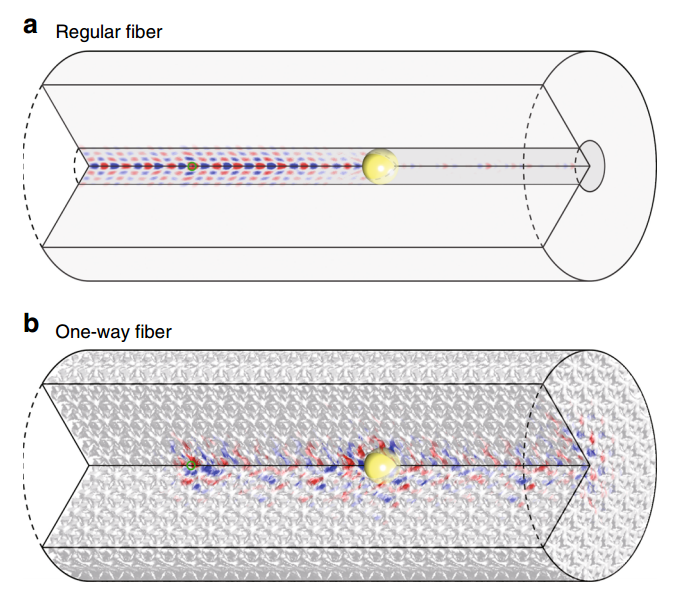
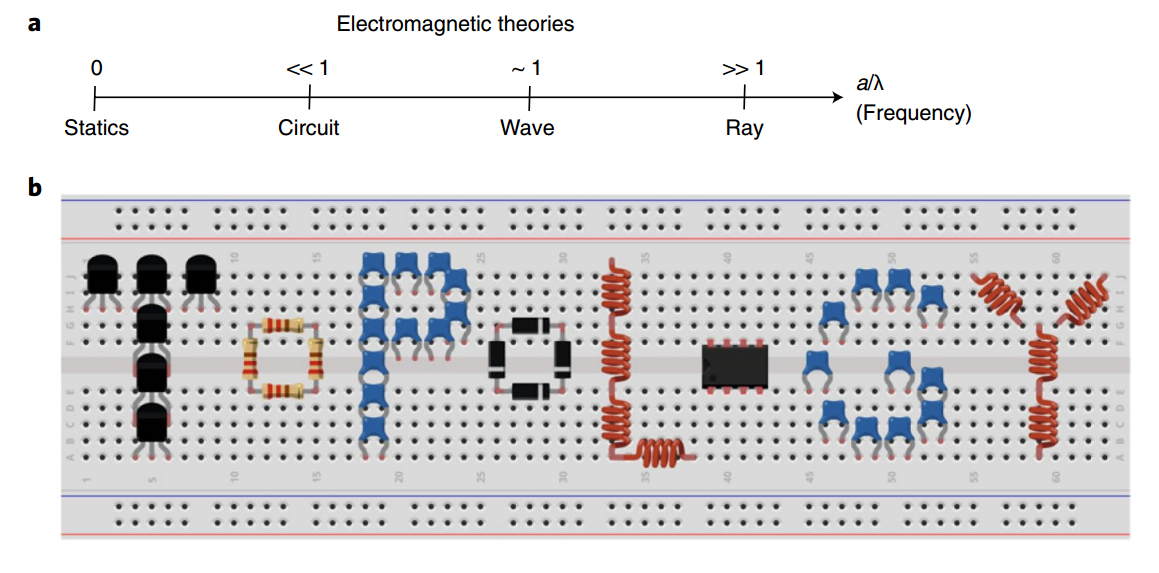
-
2018-07-05 Mr. Zhiguang Liu (First author)and Dr. Jiafang Li's work (First co- and Corresponding author) "Nano-kirigami with giant optical chirality" published in Science Advances (2018) ! Congratulations!
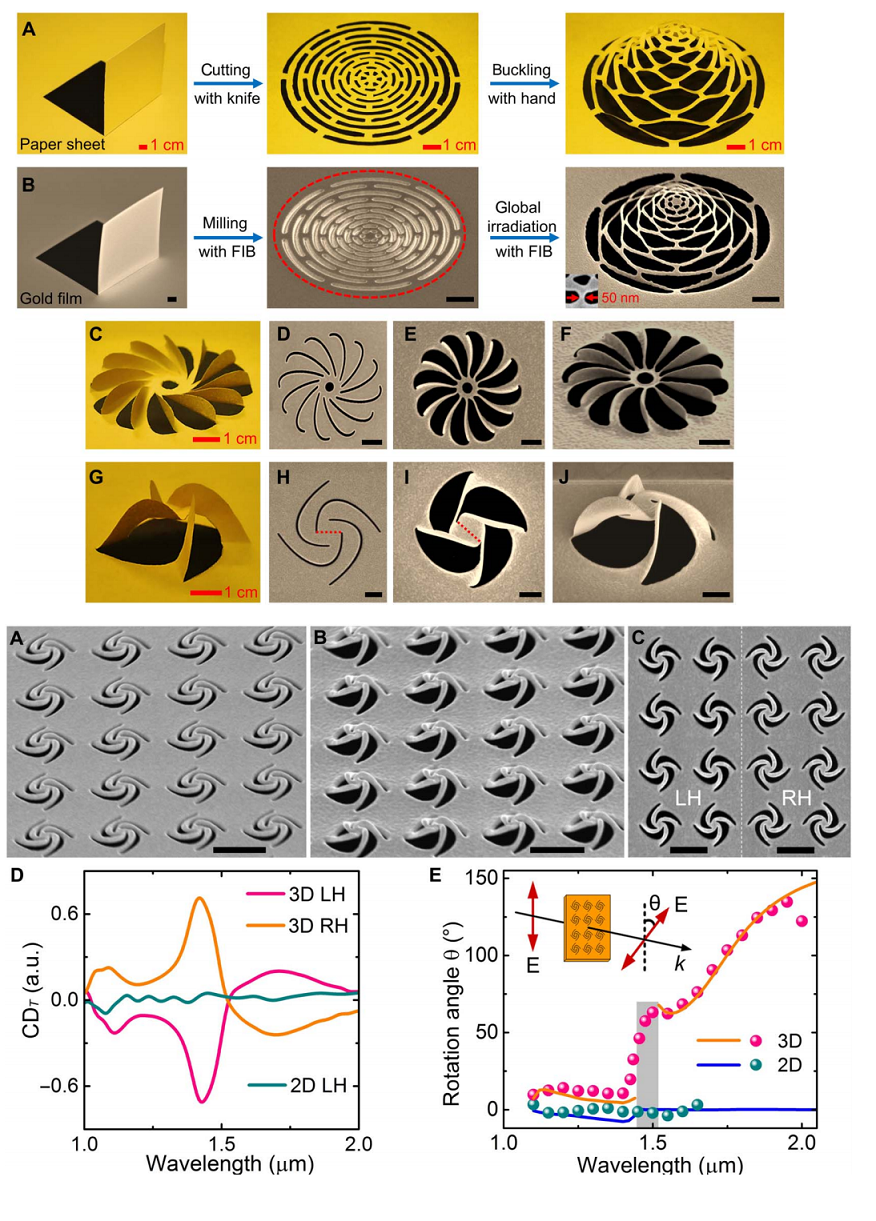
-
2018-05-04 Prof. Ling Lu's collaborative work (Corresponding author) "Observation of Polarization Vortices in Momentum Space" published in Physcial Review Letters (2018) ! Congratulations!
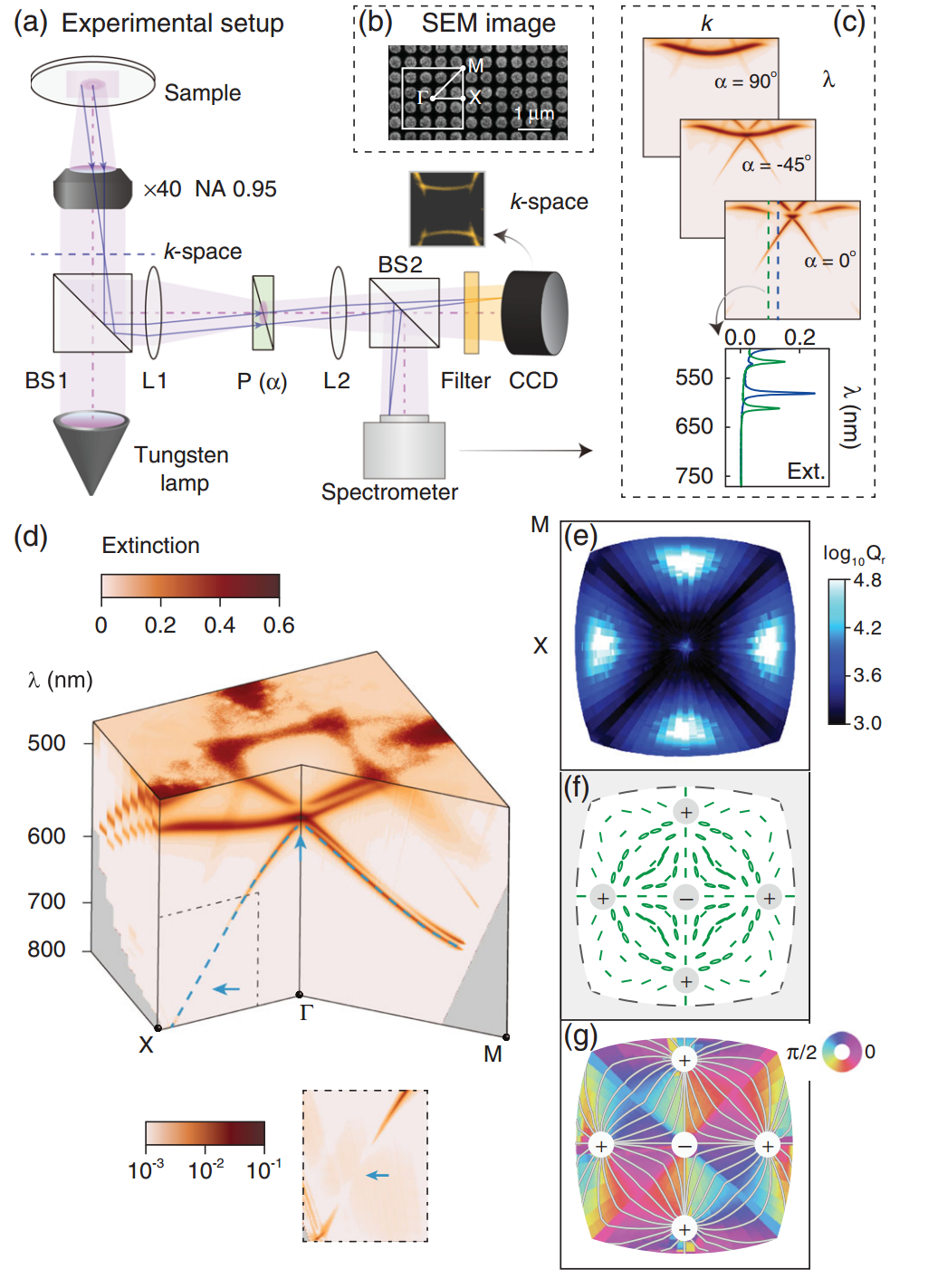
-
2018-03-02 Dr. Rongjuan Liu (first co-author)and Prof. Ling Lu's collaborative work (Corresponding author) "Ideal Weyl points and helicoid surface states in artificial photonic crystal structures" published in Science (2018) ! Congratulations!

-
2018-02-19 Mr. Qinghui Yan and Dr. Rongjuan Liu's work "Experimental discovery of nodal chains" published in Nature Physics (2018) ! Congratulations!
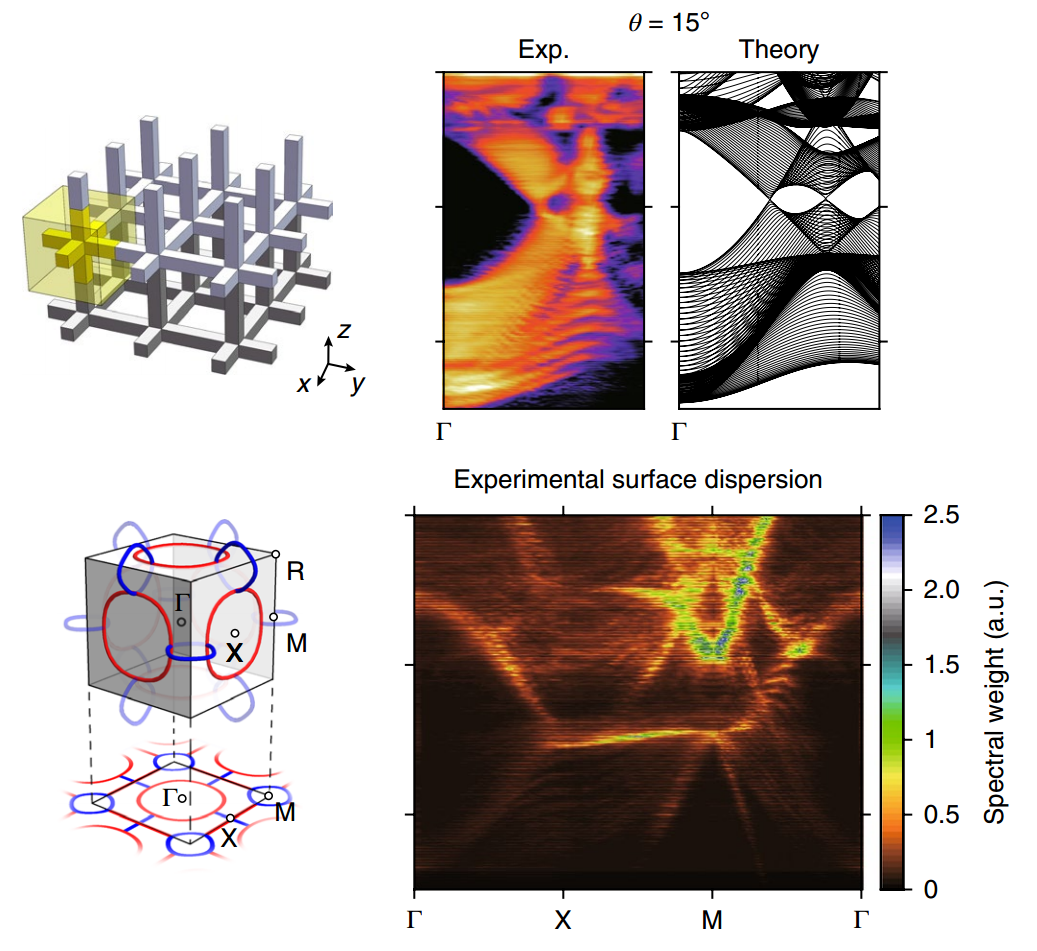
-
2018-01-05 Prof. Ling Lu's collaborative work (Corresponding author) "Double-Weyl phonons in Transition-Metal Monosilicides" published in Physical Review Letters (2018) ! Congratulations!
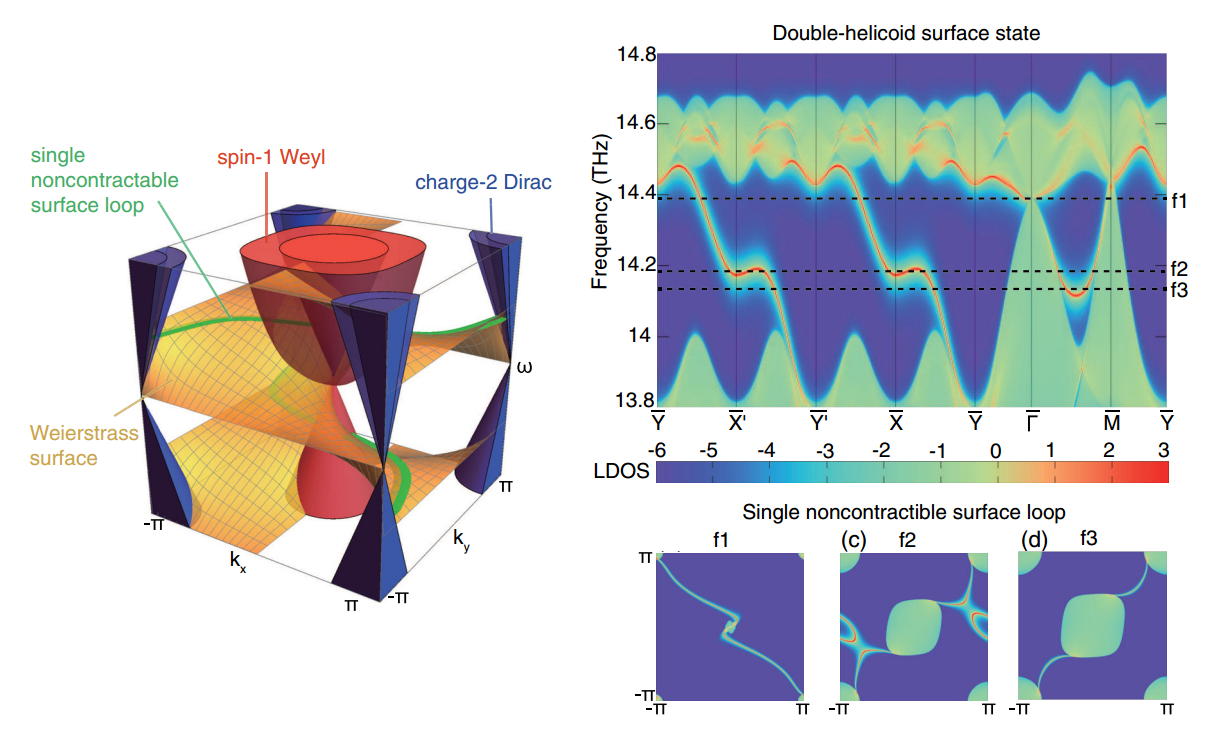
- 2017-12-25 Merry Christmas!
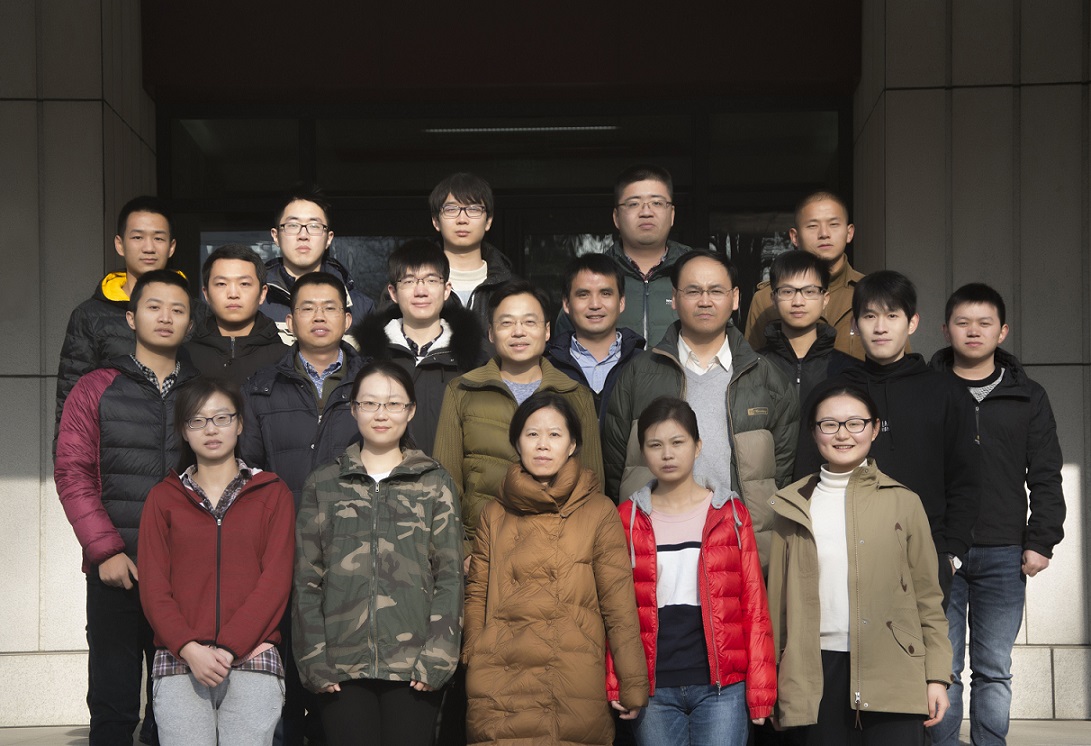
- 2017-07-12 Mr. Ming Zhu is leaving IOP after making his last presentation! Congratulations!

-
2017-06-16 Prof. Ling Lu's collaborative work (Corresponding author) "Infrared Topological Plasmons in Graphene" published in Physical Review Letters (2017) ! Congratulations!
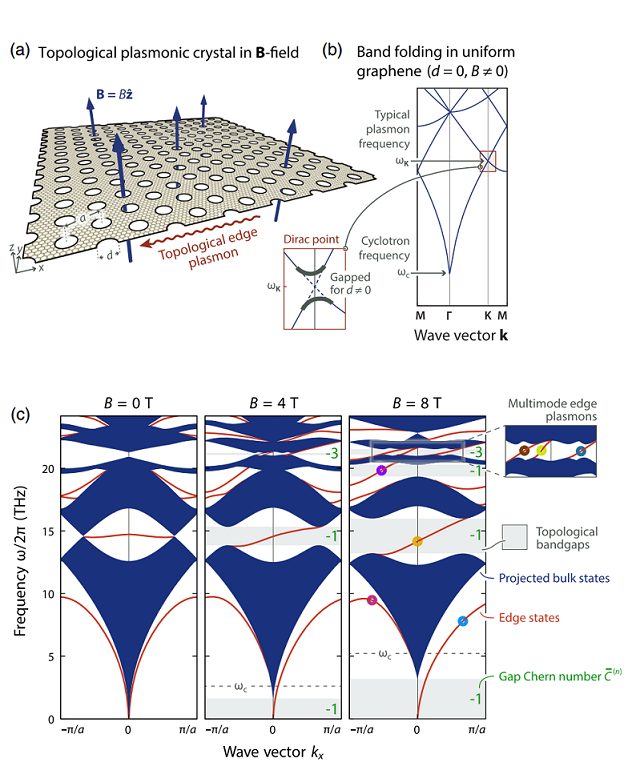
- 2016-12-20 Prof. Ling Lu, as a new group leader, restarts Group L01 successfully after expert reviews! Congratulations!

- 2016-10-01 Prof. Zhiyuan Li started a new working journey in South China University of Technology! Congratulations!

2016-06-06 Prof. Ling Lu's collaborative work (first co-author) "Topological semimetals with helicoid surface states" published in Nature Physics (2016) and featured at MIT News! Congratulations!
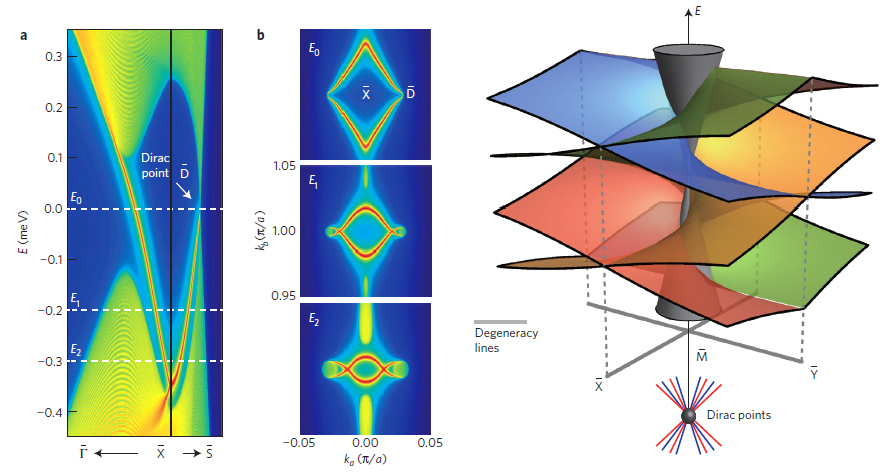
-
2016-05-23 Yanli Xue, Ju Liu, Zhe Shi, Chao Zhang and Tinghui Xiao succeeded in their thesis defense! Congratulations!
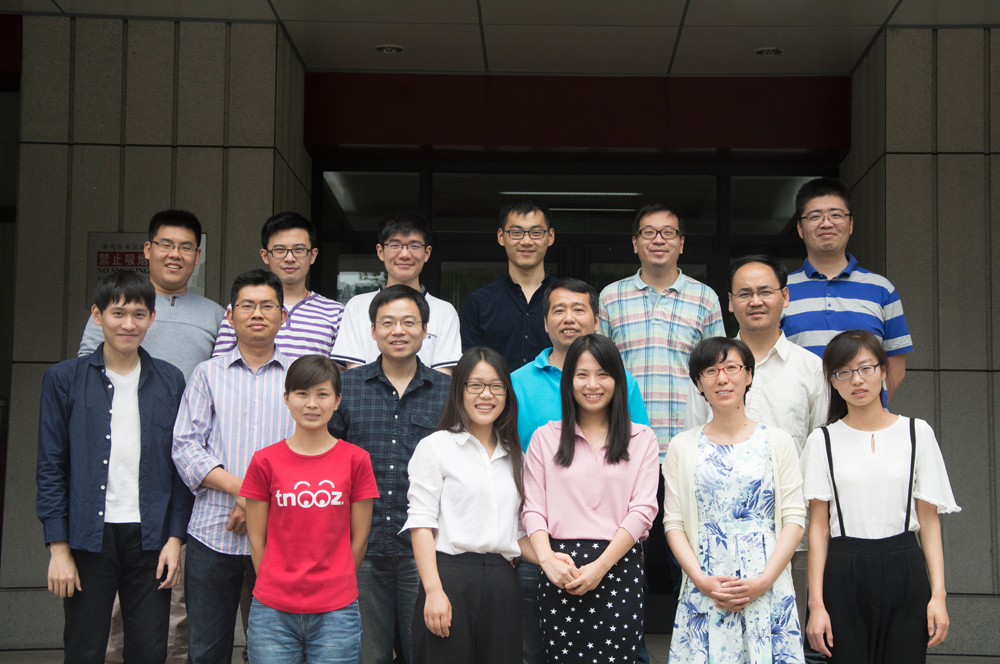
-
2016-04-20 Dr. Lin Gan (first co-author) and Prof. Zhi-Yuan Li's collaborative work "Experimental realization of Bloch oscillations in a parity-time synthetic silicon photonic lattice" published in Nature Communications 7, 11319 (2016)! Congratulations!
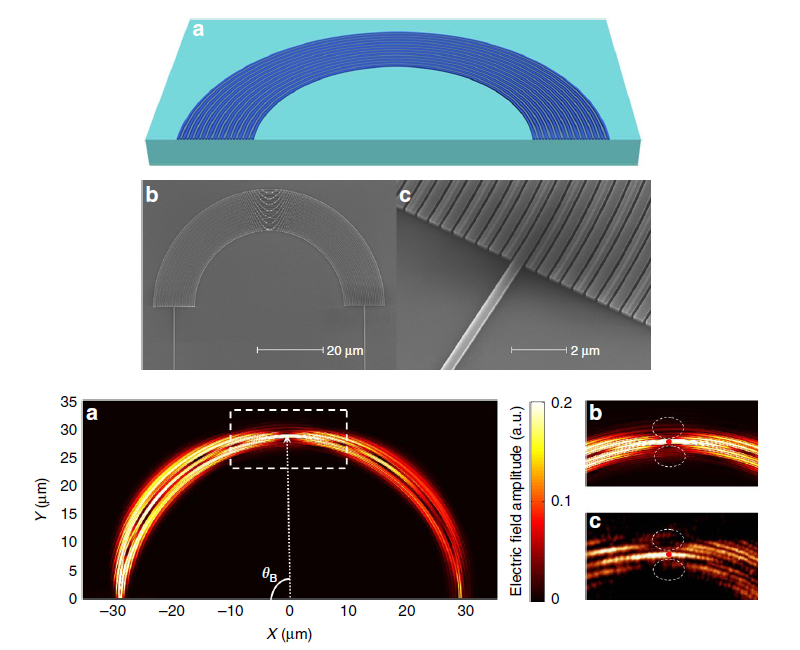
-
2016-04 Dr. Ling Lu from MIT joining L01 group as a CAS Distinguished Research Fellow Welcome!
http://jdj.mit.edu/~linglu/



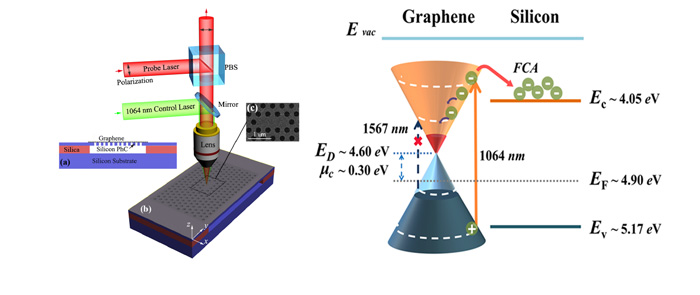
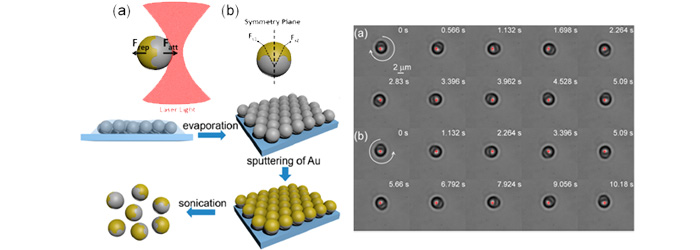
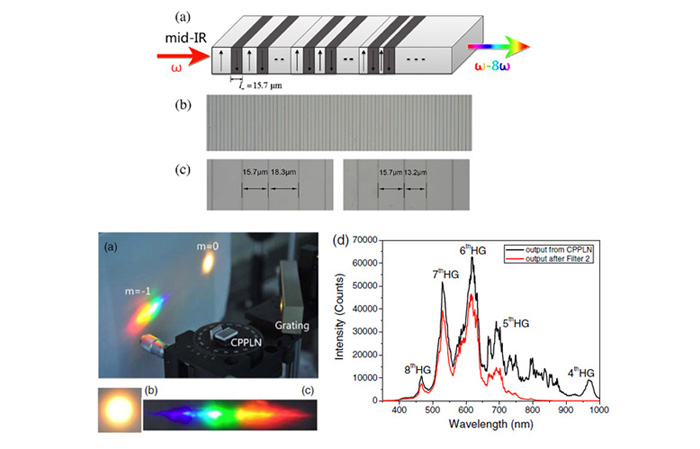
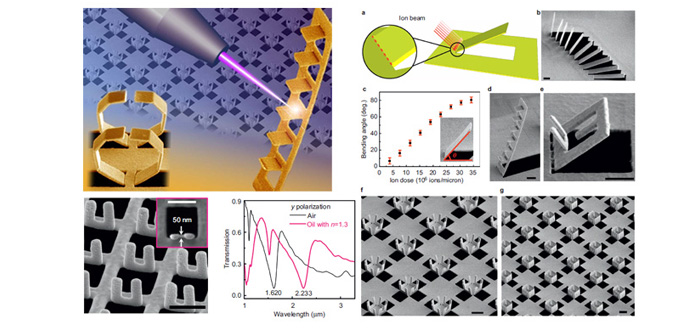
- 2015-07 Dr. Honglian Guo promoted as a Full Professor in South China University of Technology! Congratulations!

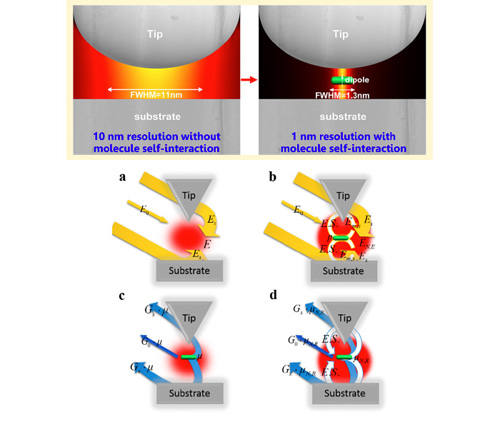
- 2015-04 L01 Group's new website launched! Edited by Dr Jiafang Li, Mr Tinghui Xiao, and Mr Mian Zheng. Materials are from all the members. Thanks for the contributions!
- 2015-03 Spring walk @ Shidu Lake
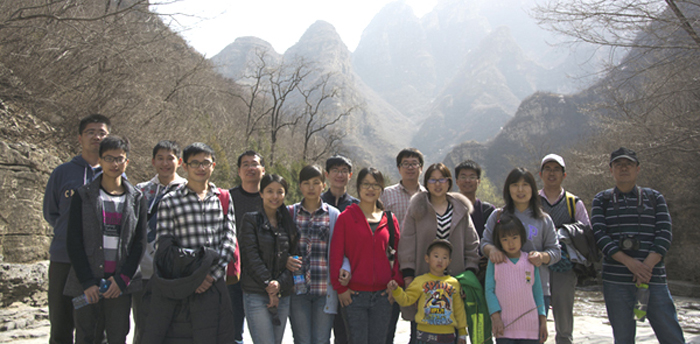
- 2013-06 Graduation picture @ IoP new building
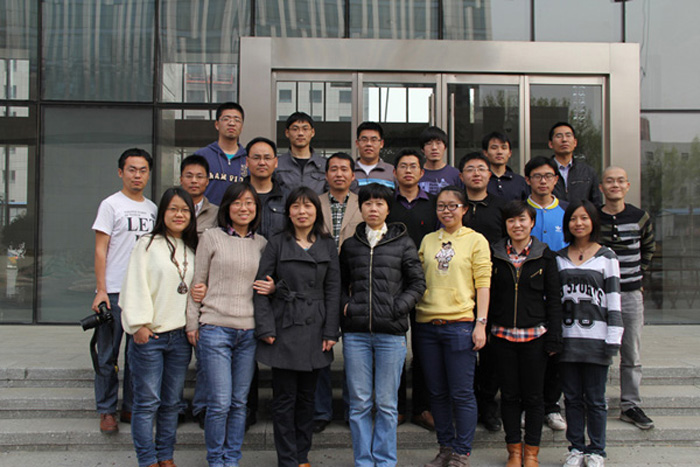
- 2011-03 Graduate pre-denfense @ Hongluo Lake

|
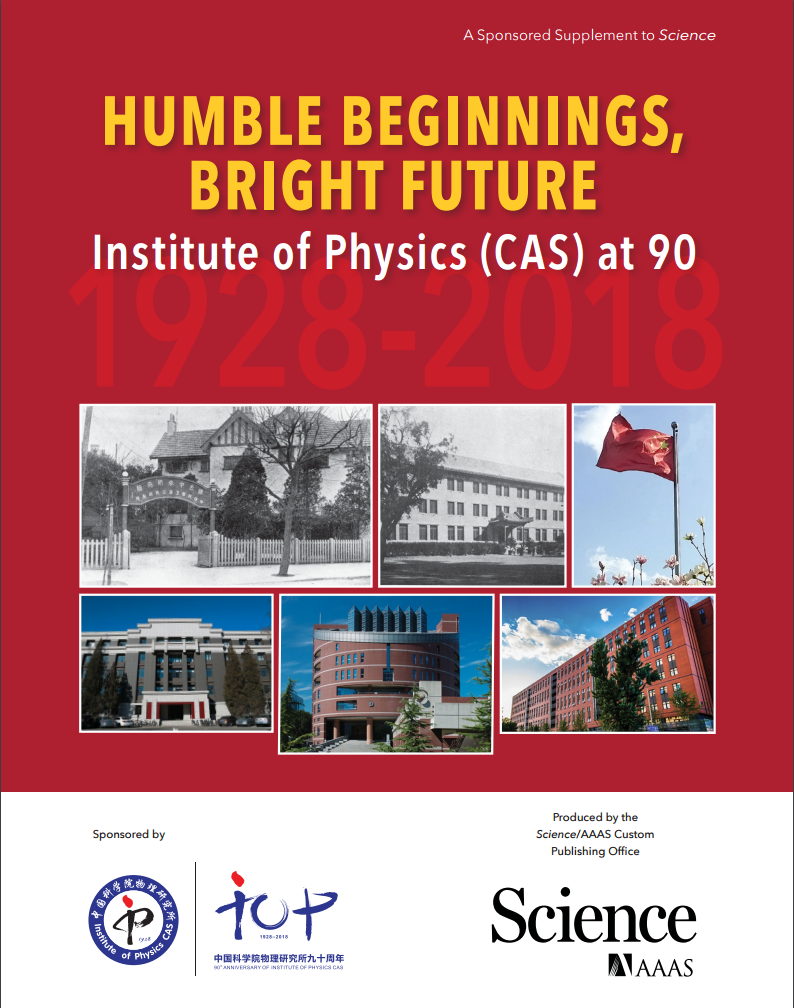
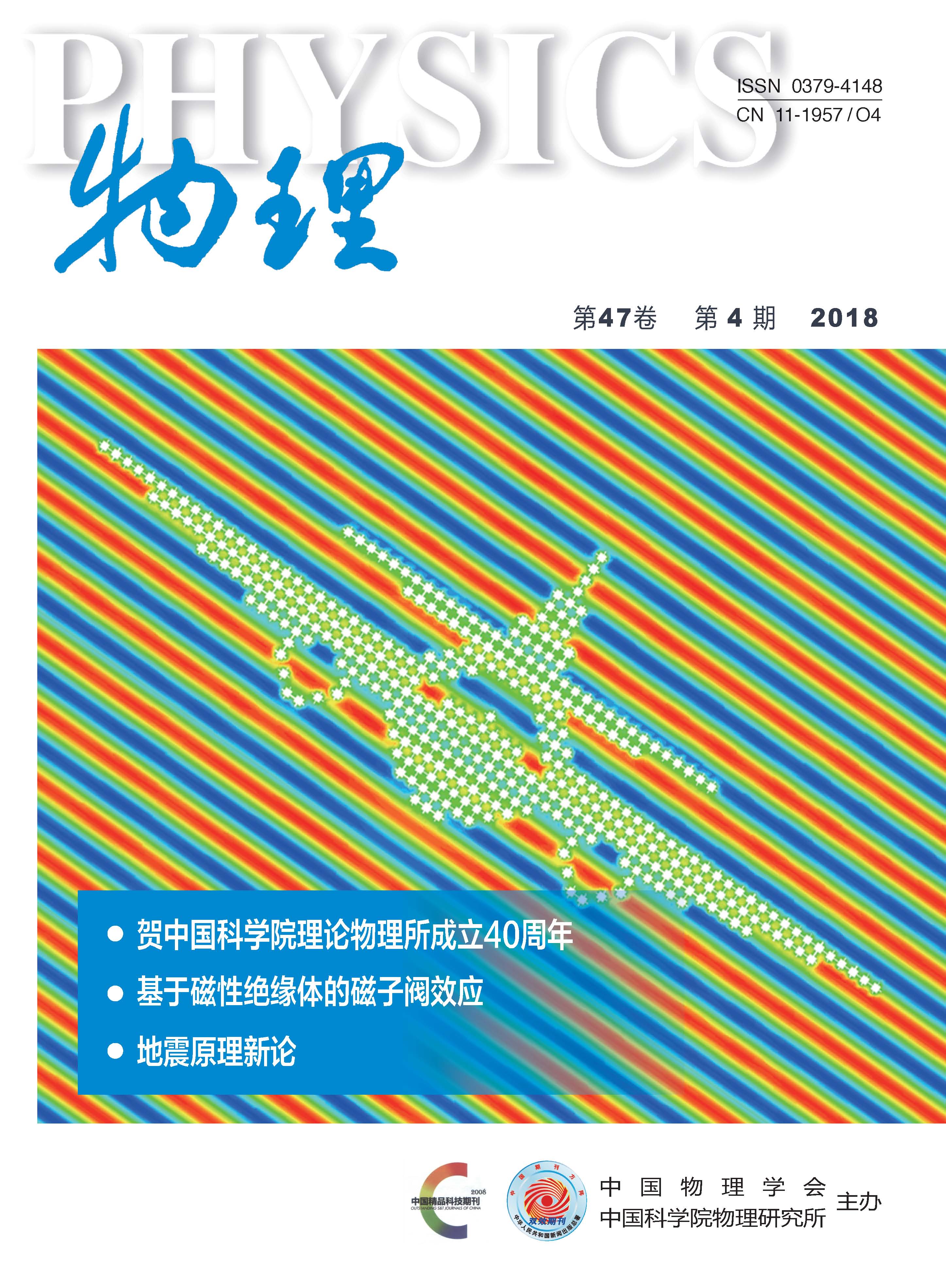
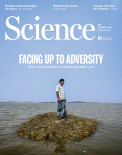
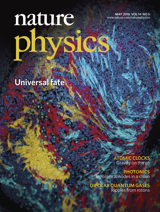
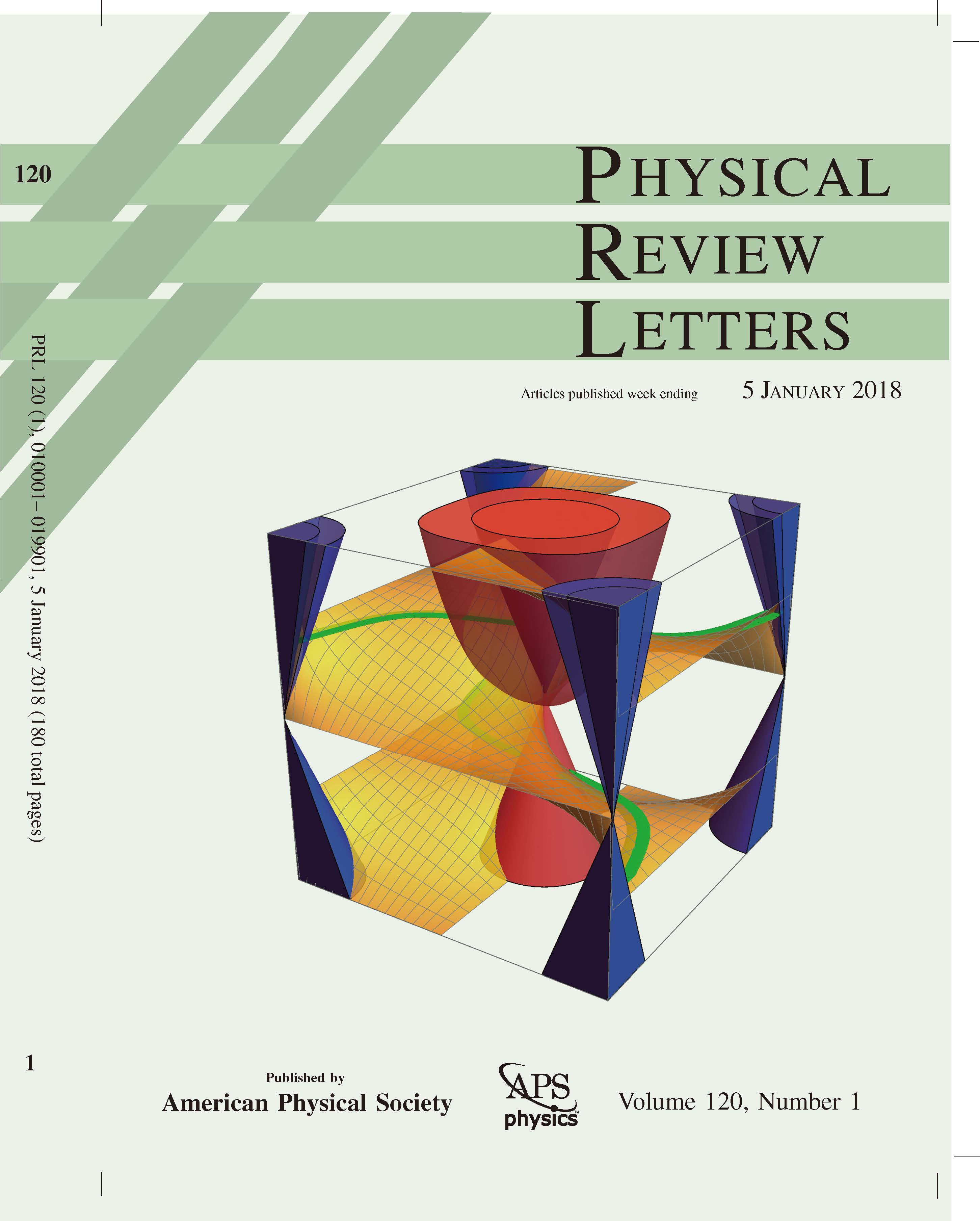
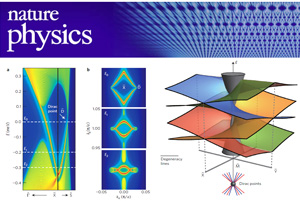
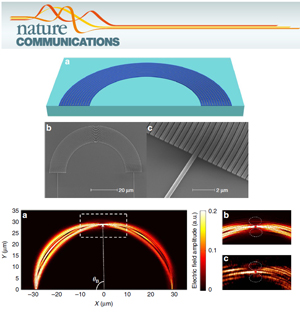
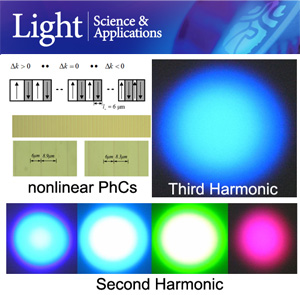
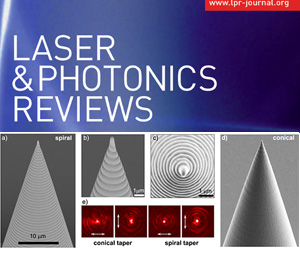


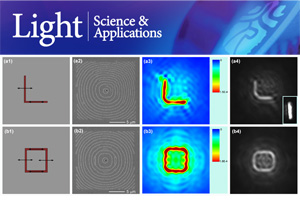

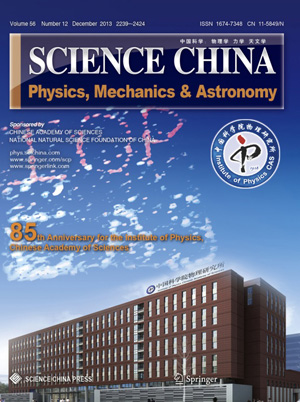

|

















